
Navigate residential storm damage repair with our guide. Learn immediate steps, assessment, and finding trusted contractors for restoration.

Residential storm damage repair is the process of restoring your home after wind, hail, or water compromises your roof, siding, or windows. When a storm hits, acting quickly is critical. A fast response can prevent further issues like water intrusion and mold, reduce overall repair costs, and help speed up your insurance claim with proper documentation.
If you're facing storm damage, follow these essential steps:
The aftermath of a storm can be stressful, but the restoration process doesn't have to be. This guide will walk you through every step, from the initial assessment to the final walkthrough. You'll learn how to identify common and hidden damage, work with your insurance provider, and select a trustworthy contractor.
I'm Carter Joyce, Director of Marketing at Ridge Top Exteriors. I've helped thousands of homeowners in Wisconsin, Illinois, and Florida steer the residential storm damage repair process. My experience has shown that a combination of quick action, thorough documentation, and quality craftsmanship makes all the difference in getting families back to normal.
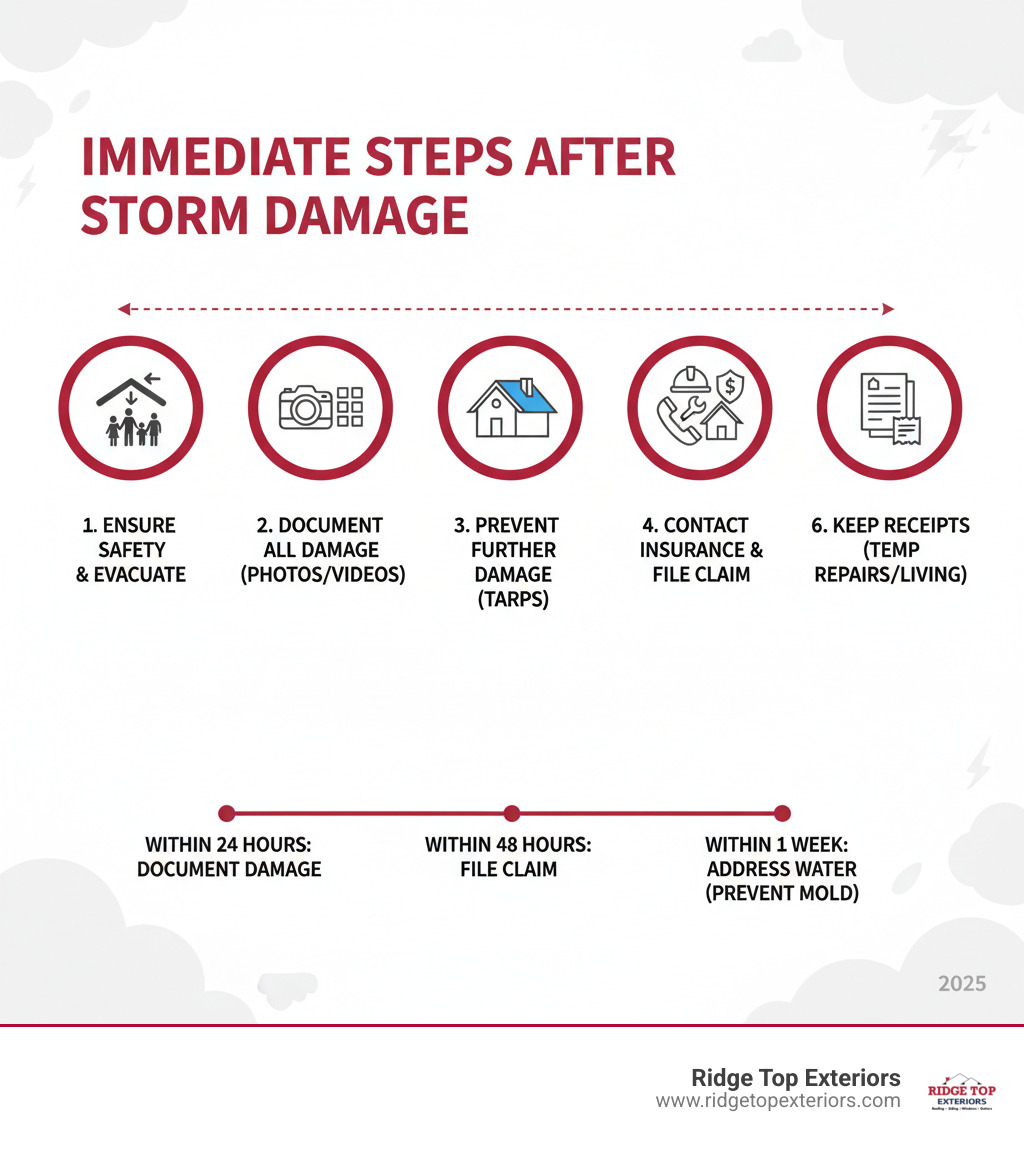
Infographic: Immediate Steps After Storm Damage – 1) Ensure family safety, 2) Take photos/videos of all damage, 3) Cover exposed areas with tarps, 4) Call your insurance company to file a claim, 5) Contact a certified contractor for an inspection, 6) Keep receipts for temporary repairs.
The storm has passed, but the work is just beginning. What you do in the next few hours can make a significant difference in protecting your home and streamlining the residential storm damage repair process. At Ridge Top Exteriors, we know this moment feels overwhelming. Our 20+ years of experience have taught us that a calm, clear plan is your best tool. Prioritize safety first, then document everything before starting any cleanup.
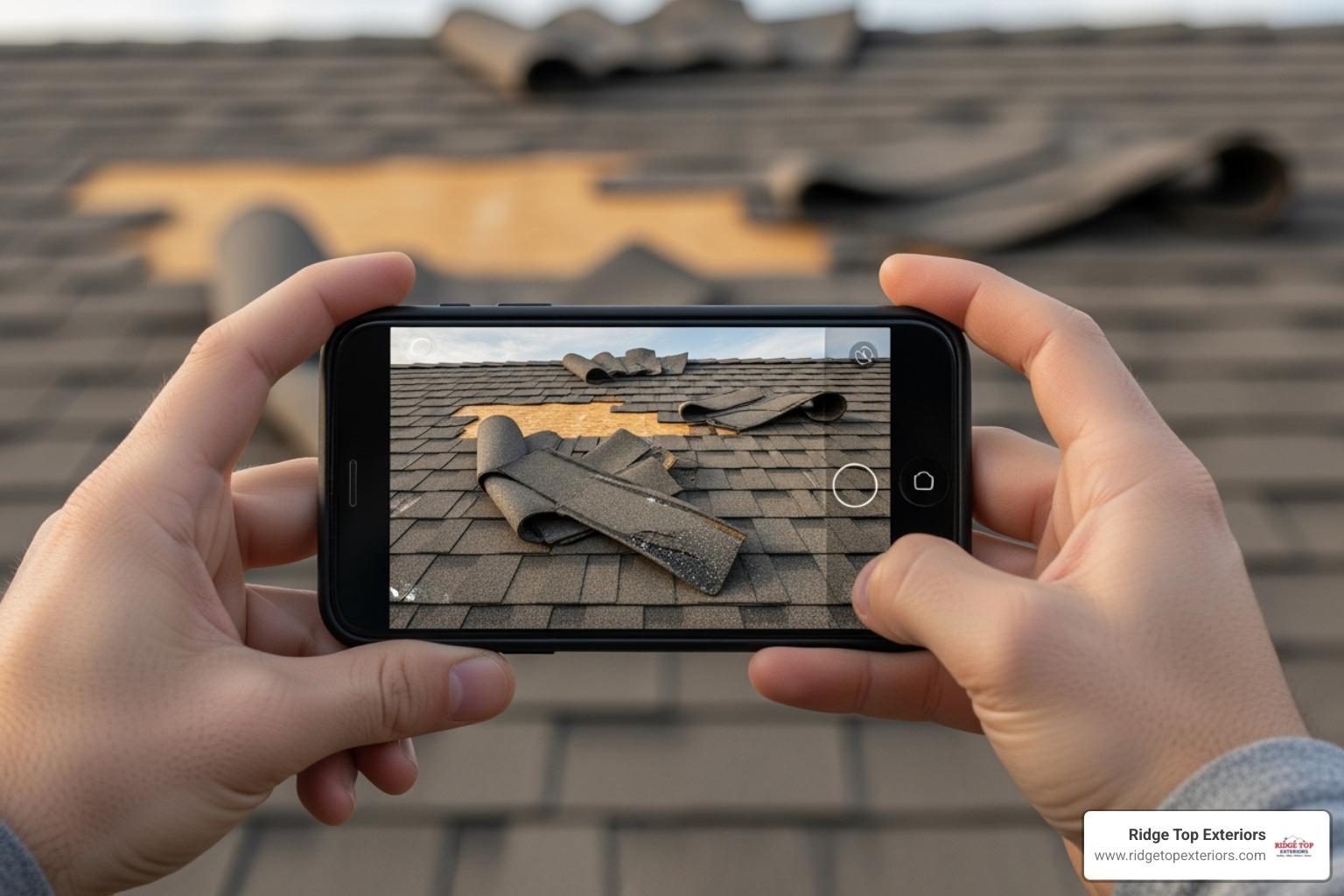
Before inspecting damage, ensure your property is safe. Serious hazards can remain after a storm.
If your home is uninhabitable, relocate to a safe place. Your safety is more important than your belongings. Once secure, report any utility damage to the respective companies.
Thorough documentation is the most important step for a smooth residential storm damage repair claim. Insurance companies require proof, and more evidence leads to a faster, more accurate settlement.
Professional tarping, like the emergency services offered by Ridge Top Exteriors, is often covered by insurance and is crucial for preventing further water damage. This documentation will be the foundation of your claim. For more tips, see our guide on best practices for maintaining your home exterior after storm damage.
After ensuring safety and documenting the obvious, it's time for a deeper assessment. Some storm damage is easy to spot, but other problems can hide, leading to costly issues like structural decay and mold growth later. This is why a professional inspection is essential for a complete residential storm damage repair.
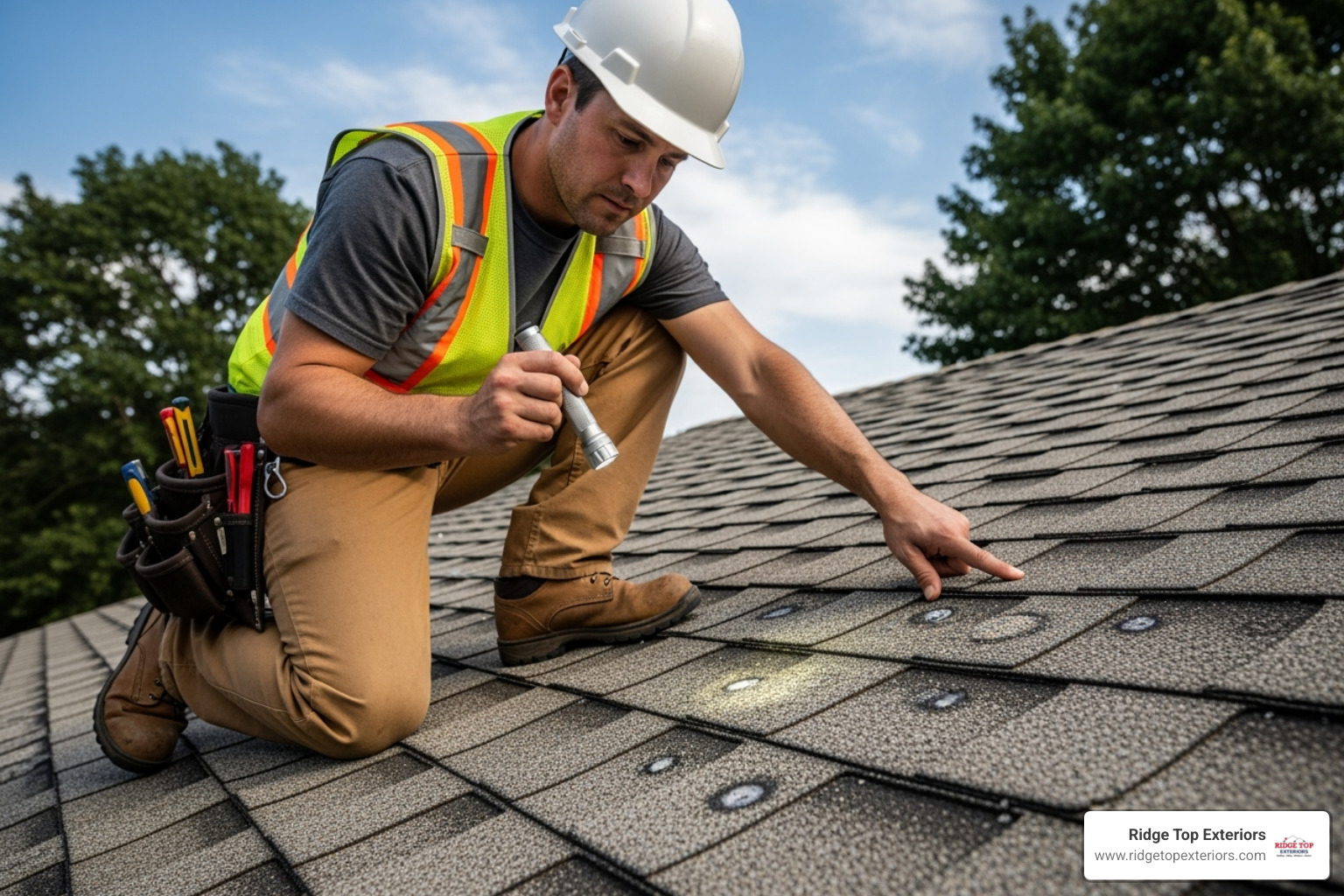
At Ridge Top Exteriors, our teams in Wisconsin, Illinois, and Florida are trained to find both visible and hidden damage to ensure your repairs are comprehensive. Unaddressed water damage can lead to mold, and if you suspect a serious issue, you may need to learn what to do about mold.
Different storms cause different types of damage. Here’s what to look for:
The most serious damage is often the hardest to see. A professional inspection is crucial, but you can look for initial signs in these areas:
A thorough inspection from Ridge Top Exteriors ensures your residential storm damage repair addresses every issue, protecting your home's long-term value and safety.
The physical damage is only half the battle. Navigating insurance claims and finding a trustworthy contractor for your residential storm damage repair can be just as challenging. Understanding your policy and choosing the right partner are essential.
Since 2002, Ridge Top Exteriors has guided homeowners in Madison, Milwaukee, Gurnee, Orlando, and beyond through this process. Our local teams streamline the journey from the initial claim to the final walkthrough, and we work directly with Insurance Professionals to simplify everything.
Navigating the claims process can be complex, but a structured approach helps.
Choosing the right contractor is the most critical decision in the residential storm damage repair process. Beware of "storm chasers" who perform subpar work and disappear. Look for these key qualifications:
For more on our qualifications, learn What Makes Ridge Top Exteriors the Best Choice for Your Home Improvements?
Once you've chosen a contractor and your claim is moving forward, the repair work begins. With Ridge Top Exteriors, the process is straightforward:
Homeowners often have questions when facing residential storm damage repair. Here are answers to some of the most common inquiries.
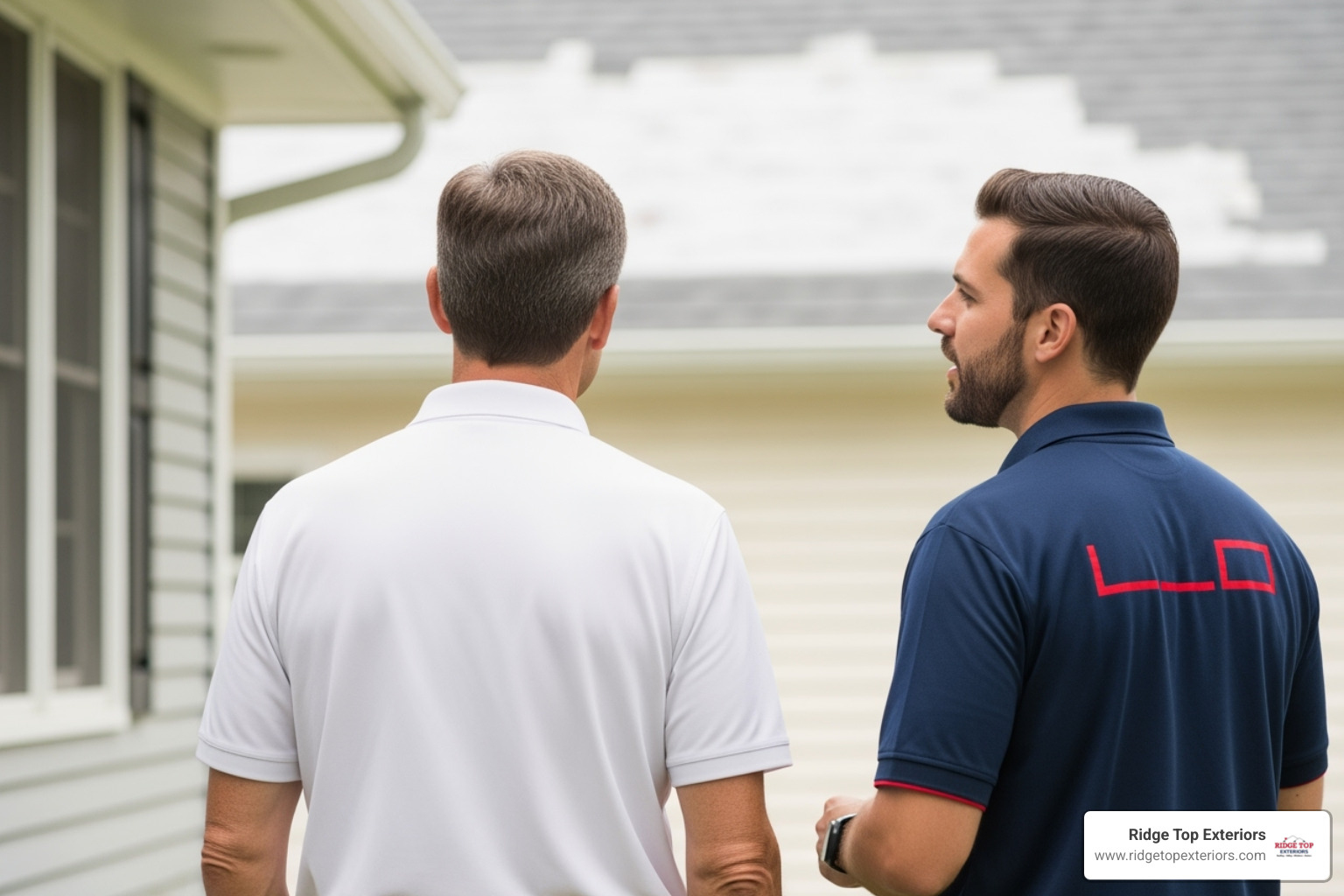
Proactive maintenance is your best defense. While you can't stop a storm, you can reduce its impact.
Ignoring even minor storm damage can lead to severe, compounding problems.
Yes, several programs may be available, especially after a federal disaster declaration.
For general information, the Wikipedia page on severe weather offers context on different types of storms.
The aftermath of a storm is overwhelming, but the path to recovery is clear. By prioritizing safety, documenting damage, and choosing a qualified contractor, you can move from chaos back to comfort. Residential storm damage repair is about more than fixing your home; it's about restoring your peace of mind and protecting your investment.
For over 20 years, Ridge Top Exteriors has been the trusted partner for families in Wisconsin, Illinois, and Florida. With over 45,000 completed projects and 4,000+ 5-star reviews, our commitment to quality and service is proven. Our factory-certified teams specialize in asphalt shingle roofing, vinyl, LP SmartSide, and Hardie siding, replacement windows, and seamless gutter systems. We stand behind our work with industry-leading warranties, including the GAF Golden Pledge Warranty for roofing.
We understand the financial and emotional stress of storm damage, which is why we offer flexible financing and insurance claim support. You don't have to face this alone. Your first step is simple: Get professional help with your storm damage repairs with a FREE, no-obligation estimate. Let us help you restore your home and your sense of security.
Get your free consultation today!

Identify residential roof storm damage, assess impact, & navigate repairs. Get expert tips for inspection, insurance, & restoration.
Read More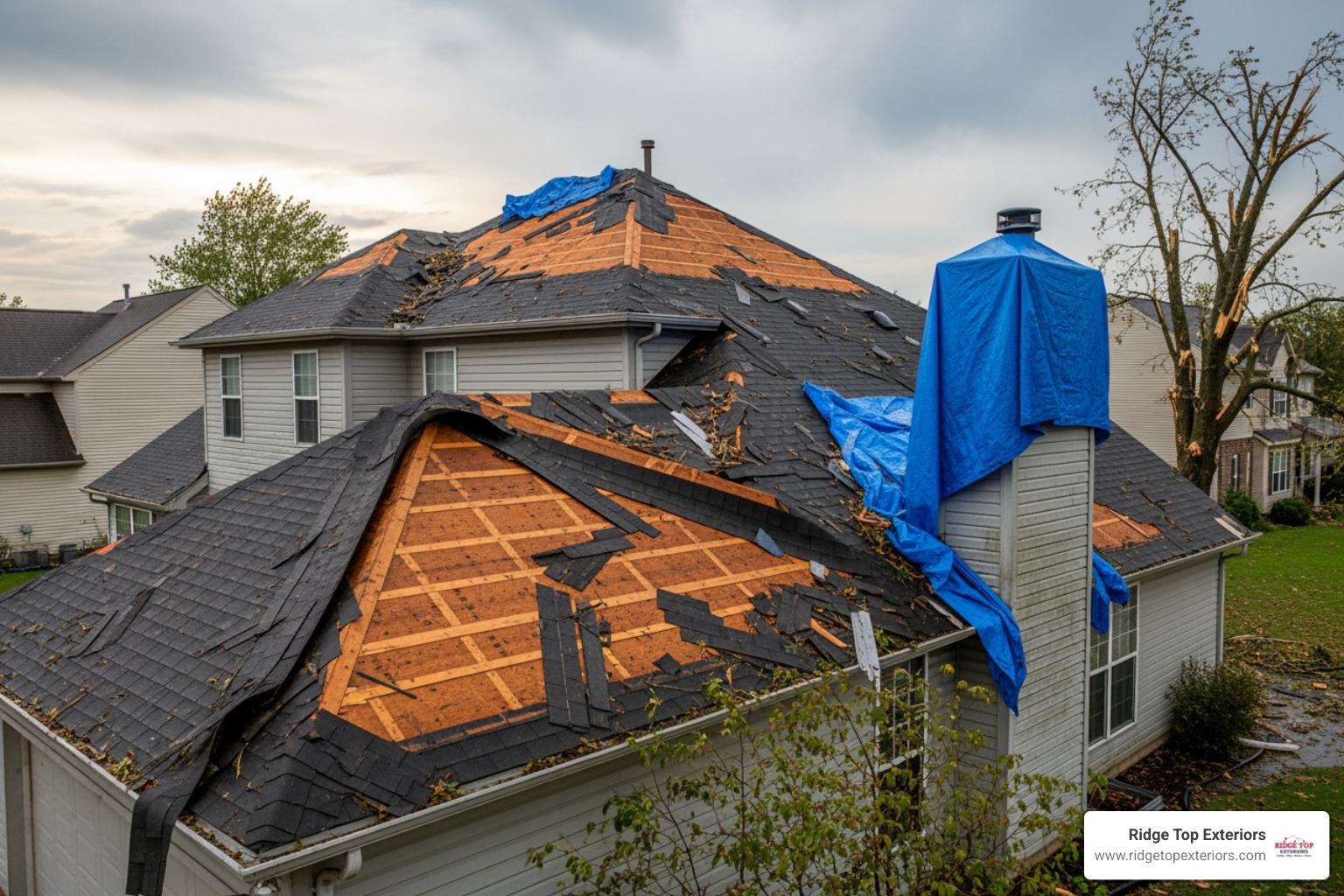
Discover How much does a roof cost in Milwaukee? Get accurate estimates, factors & financing for your new GAF roof.
Read More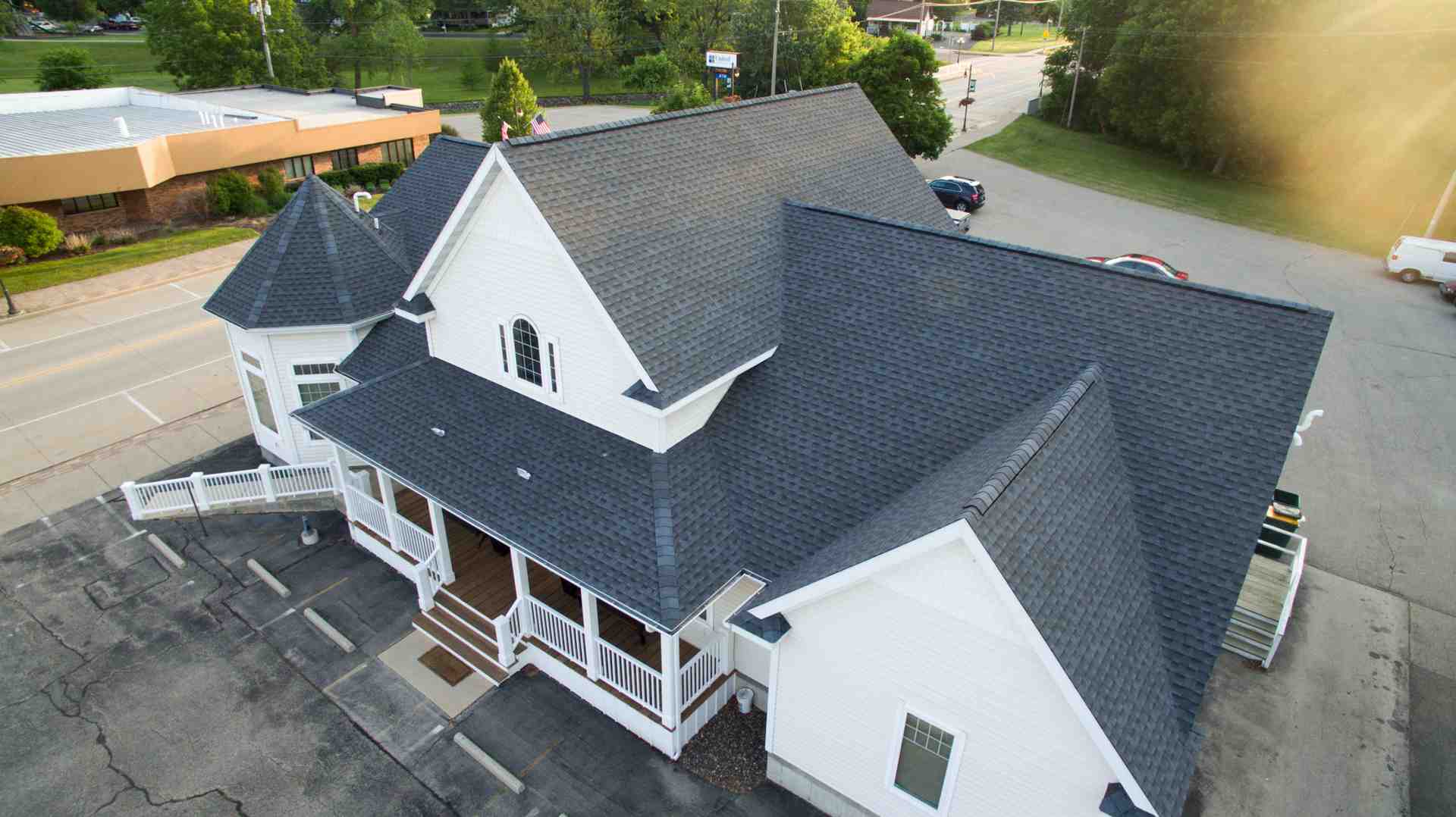
Unlock Florida home hardening funds! Learn My Safe Florida Home Grant eligibility, steps, and save on insurance with expert upgrades.
Read More